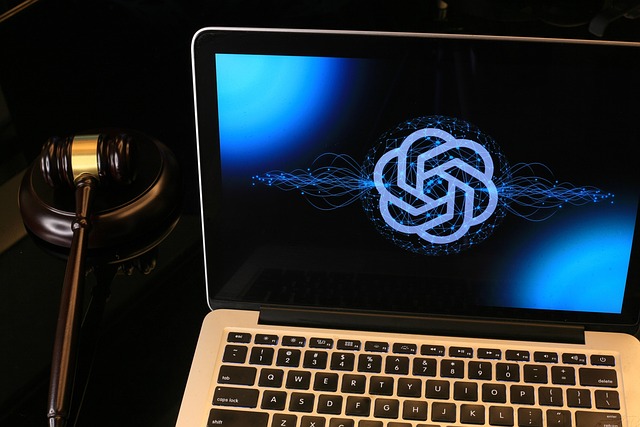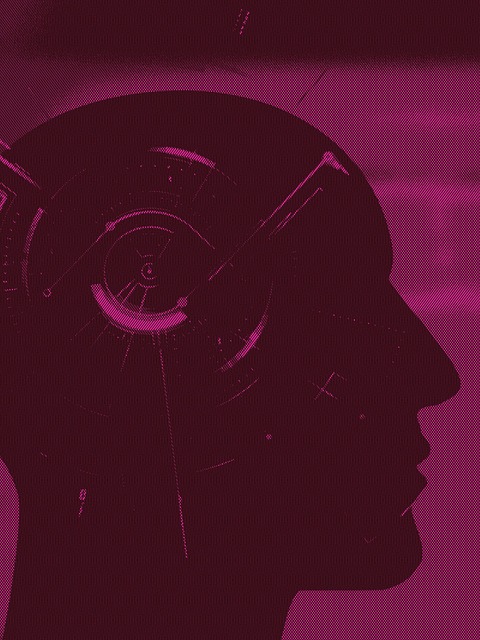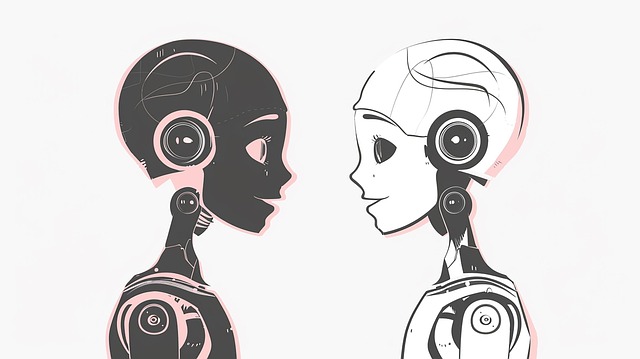While ChatGPT offers advanced natural language processing, it lacks genuine comprehension and can produce inaccurate outputs, especially with complex topics. Users should critically evaluate its responses, validate information, and engage in algorithmic thinking to debug its output. Key strategies include refining prompts for coherence, comparing expected vs. generated results, using e-learning platforms with AI tools, and fine-tuning models for specific tasks. Remember, ChatGPT is a tool to augment human intelligence, not replace it.
Debugging ChatGPT output is crucial for ensuring accurate and reliable responses. This guide navigates effective strategies, from understanding model limitations and inspecting prompts to analyzing coherence and comparing expected results. Additionally, we explore built-in debugging tools, fine-tuning models, and leveraging training data. By employing these techniques, you’ll enhance the quality of ChatGPT interactions, addressing potential errors and biases. Master these steps to harness ChatGPT’s full potential in today’s AI landscape.
- Understand Chatgpt's Limitations
- Inspect Context and Prompts
- Analyze Output for Coherence
- Compare to Expected Results
- Utilize Built-in Debugging Tools
- Fine-tune and Retrain Models
Understand Chatgpt's Limitations

While Chatgpt has been hailed as revolutionary in natural language processing, it’s crucial to understand its limitations. At its core, Chatgpt relies on statistical patterns and relationships within vast amounts of text data to generate responses. This means it can sometimes produce inaccurate or nonsensical outputs, especially when dealing with complex topics like art history movements overview or abstract concepts. Unlike a human expert in mathematical problem-solving approaches, Chatgpt lacks genuine comprehension; it merely predicts the next most likely word given the context.
To effectively debug Chatgpt output, users should approach it with a critical eye and validate information through external sources. Engaging in algorithmic thinking exercises can enhance your ability to discern meaningful responses from nonsensical ones. Remember that Chatgpt is a tool designed to assist human intelligence, not replace it. Find us at algorithmic thinking exercises for more insights into enhancing your interaction with these AI models.
Inspect Context and Prompts

When debugging ChatGPT’s output, examining the context and prompts is a crucial step. Understanding the conversation history and the initial instructions given to the model can reveal insights into its responses. ChatGPT generates answers based on patterns learned from vast amounts of text data, so the quality of its output depends on clear and relevant inputs. By reviewing the sequence of interactions, you can identify any misunderstandings or misinterpretations that led to incorrect or nonsensical responses. This process involves critically analyzing both the user’s prompts and the model’s context, ensuring they align for accurate results.
For instance, when seeking geometric proofs explanations from ChatGPT, it’s essential to provide clear problem statements or reference materials. Digital literacy skills come into play here as you navigate the platform’s interface to input precise information. Similarly, when dealing with bibliography formatting rules, a well-structured prompt can help guide the model towards generating accurate citations. Visit us at science experiment ideas anytime for more insights on enhancing your interactions with AI models.
Analyze Output for Coherence

When debugging ChatGPT output, one crucial step is to analyze its coherence and logical flow. The model’s responses should be well-structured, with each part leading naturally to the next. Inconsistent or abrupt changes in topic or perspective might indicate areas needing refinement.
Imagine you’re employing mathematical problem-solving approaches to unravel complex concepts; a coherent output from ChatGPT would resemble a step-by-step solution, building on previous points and culminating in a clear conclusion. Similarly, adopting flipped classroom models or personalized education strategies can enhance this process by providing context and enabling targeted feedback. For instance, if the AI assistant offers a creative but incoherent narrative, you might consider rephrasing prompts to guide it towards more logical storytelling, much like how personalized education tailors instruction to individual needs. Remember, the goal is not just to correct errors but also to foster understanding, making ChatGPT an effective tool for learning and exploration—find us at argumentative writing strategies for more insights.
Compare to Expected Results

When debugging ChatGPT’s output, one crucial step is comparing it to your expected results. This involves evaluating whether the generated responses align with the context, quality, and accuracy you anticipate from the AI model. For instance, if you’re seeking an in-depth calculus concept overview, ensure the output provides clear explanations of derivatives and integrals, along with relevant examples. Similarly, for argumentative writing strategies or poetic devices explanations, check if the text is coherent, structured, and demonstrates a deep understanding of the topic.
By setting specific benchmarks, you can identify discrepancies between what ChatGPT produces and what’s expected. This process helps in refining prompts to guide the AI towards more accurate and relevant outputs. Remember, understanding these expectations beforehand will make the debugging process smoother. For instance, if you find that ChatGPT frequently fails to incorporate certain aspects of your request, adjust your prompt accordingly, ensuring a better match between input and desired ChatGPT output. Visit our website at cultural sensitivity training for more insights into effective AI interaction.
Utilize Built-in Debugging Tools

Debugging is an essential aspect of fine-tuning your interactions with AI models like ChatGPT. Luckily, many tools are designed to assist you in this process. One effective method is to leverage the built-in debugging features available on reputable e-learning platforms that offer AI integration. These platforms often provide insights into the model’s decision-making process, allowing you to understand why certain outputs are generated. For instance, examining the context and sources used by ChatGPT for its responses can help identify inaccuracies or biases.
Additionally, exploring specific concepts through exercises on these platforms can offer practical examples of how ChatGPT processes information. This interactive approach is particularly useful when dealing with complex topics such as linear algebra vector operations. By engaging in hands-on activities that test the model’s knowledge, you can uncover potential issues and improve its performance over time. Remember to visit us at statistical inference basics anytime for more insights into enhancing your learning experience through AI.
Fine-tune and Retrain Models

Fine-tuning and retraining models is an effective strategy to enhance the performance of chatgpt and improve its debugging capabilities. By adjusting the model’s parameters, developers can tailor it to specific tasks or domains, ensuring more accurate responses. This process involves feeding the model with new datasets relevant to the desired application, allowing it to learn and adapt. For instance, if you want to debug chatgpt‘s output for creating geometric proofs explanations, retraining on a dataset of mathematical texts could help refine its understanding of mathematical concepts.
Additionally, exploring argumentative writing strategies or creative writing prompts can offer valuable insights during fine-tuning. These approaches encourage the model to generate diverse and well-structured content, which is essential in debugging. As remote learning best practices evolve, developers can visit us at any time to stay updated on the latest techniques for optimizing chatgpt models, ensuring they meet the highest standards of performance and accuracy.
Debugging ChatGPT output is a crucial step in ensuring accurate and reliable results. By understanding the model’s limitations, inspecting context and prompts, analyzing coherence, comparing to expected outputs, utilizing built-in tools, and fine-tuning models, you can significantly enhance the quality of generated content. Remember, effective debugging empowers users to navigate the complexities of ChatGPT, leading to more meaningful and precise interactions.








Leave a Reply